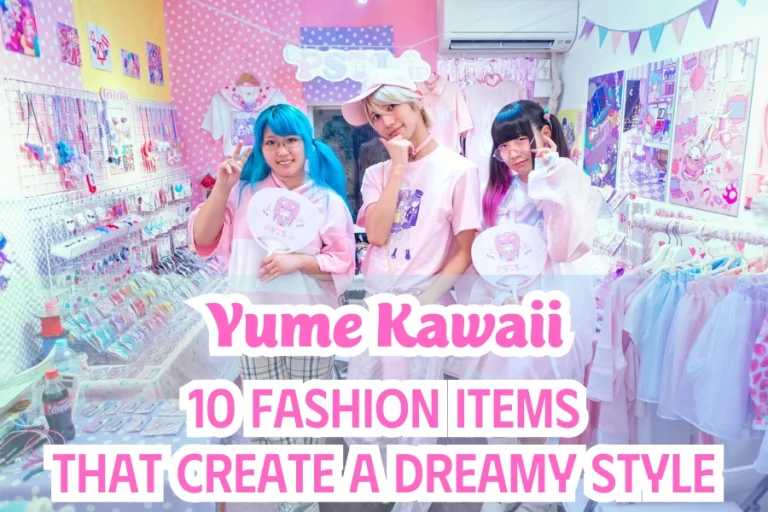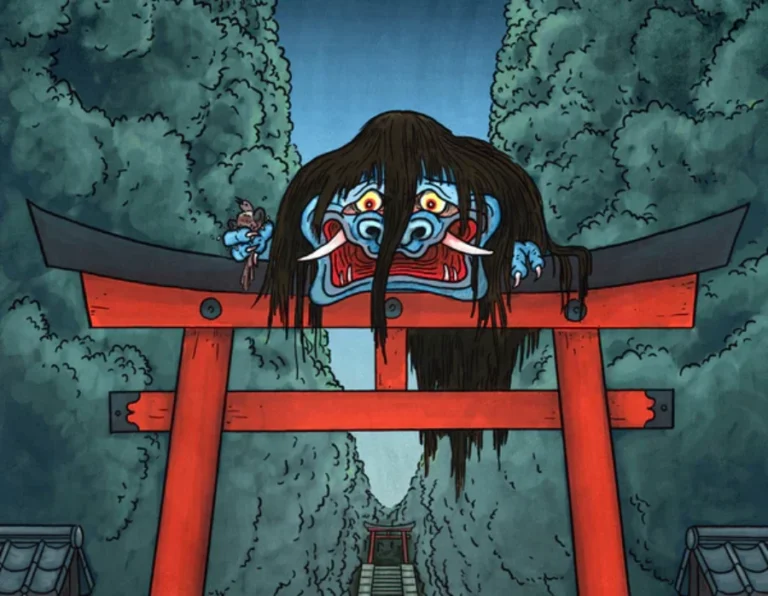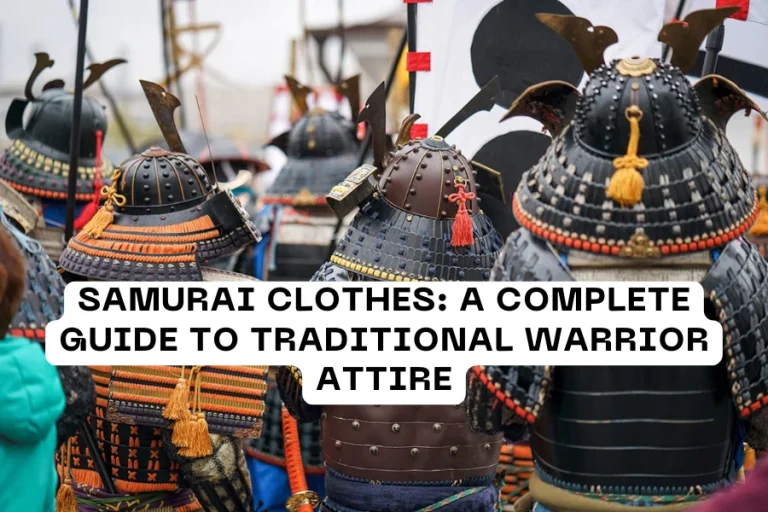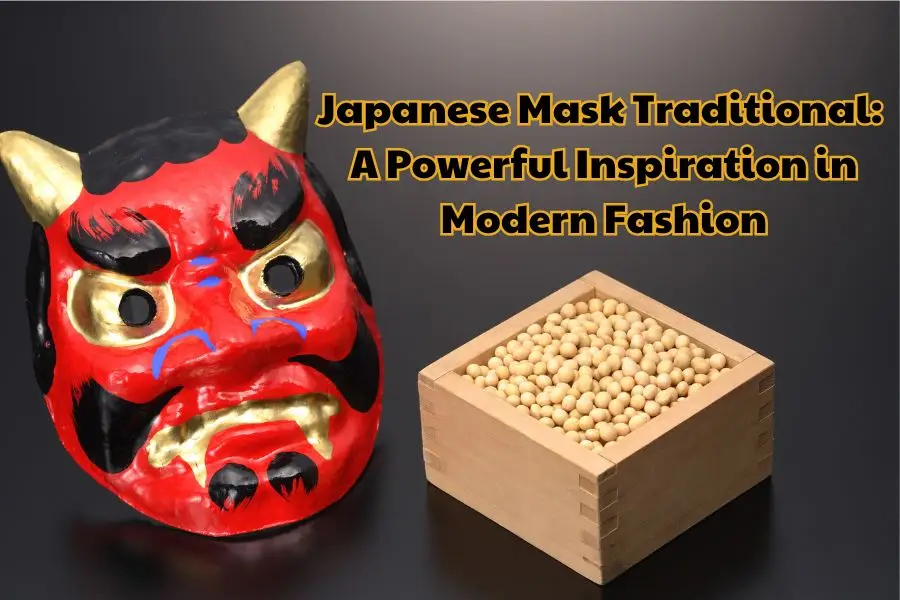
Throughout the history of Japanese culture, the Japanese mask traditional is not simply a mask used in performing arts or religious ceremonies but also carries deep cultural and spiritual values. However, going beyond the religious space, the Japanese mask tradition today is gradually integrating into contemporary fashion, becoming a strong source of inspiration for designs with a strong artistic mark. This article will take you on a journey to discover the stories behind traditional Japanese masks and how they have become a fashion trend.
What is a Japanese Mask Traditional?
Japanese traditional masks are used in Japanese rituals, festivals, plays, and other art forms. Unique masks have deep roots in Japanese culture and folk beliefs, often representing gods, demons, spirits, historical figures, or religious symbols.
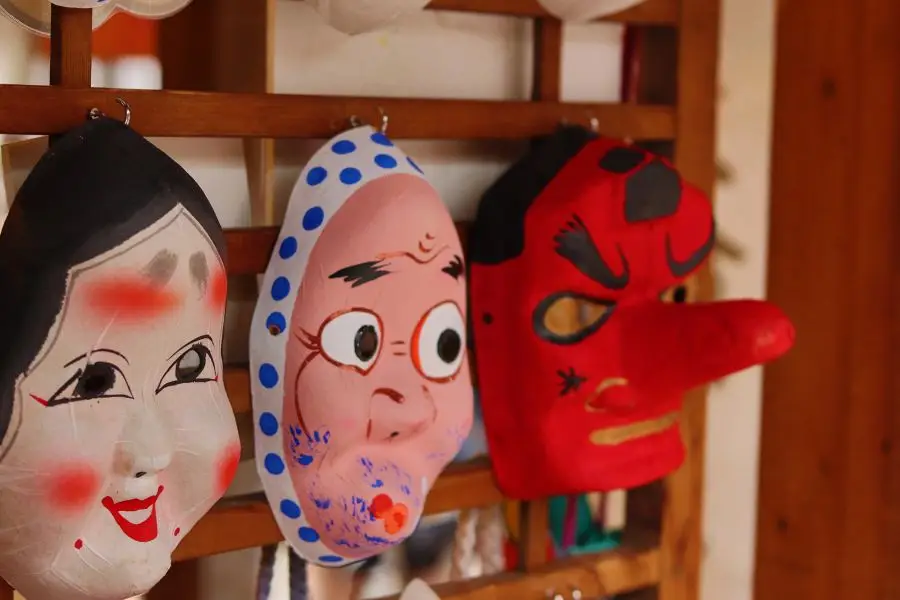
There are many types of masks in Japanese history, but some common masks you can easily see in Japanese movies or media are:
- Noh: in Noh plays, expressing different emotional states
- Oni: symbolizing demons, often appearing in the Setsubun festival
- Tengu: mask of a mythical creature with a long nose
- Kitsune: intelligent fox in Shinto mythology
- Hyottoko: humorous face in folk performances
These colorful and valuable traditional cultural masks not only have artistic value but also reflect the beliefs, customs, and traditional culture of the Japanese people over the centuries.
History and Popularity of Culture Mask
Japanese mask traditional has a history of nearly 2,000 years, originating from religious ceremonies before developing into an important part of the performing arts. Over time, masks became indispensable elements in Noh, Kyogen, and Kabuki plays, helping to recreate mythological and historical figures.

In addition to the stage, traditional Japanese masks also appear widely in festivals, representing gods, spirits, or mystical creatures. They play an important role in Shinto rituals and seasonal celebrations, reflecting the rich spiritual life of the Japanese people.
Today, these masks are not only used in the performing arts but also displayed in museums and galleries, contributing to the preservation and honor of Japan’s unique cultural heritage.
The Intersection of Japanese Mask Traditional and Modern Fashion
If in the past, Japanese folk masks were symbols of art and religion, today, Japanese folk masks have become a strong source of inspiration in modern fashion. From t-shirt and hoodie designs to accessories,… This intersection not only helps preserve traditional cultural values but also brings a new breeze, creating fashion products full of personality and art.
Oni Mask
Today, Oni mask is not only the Japanese mask traditional appearing in traditional festivals but also becoming a trend in street fashion, expressing a strong, mysterious personality.
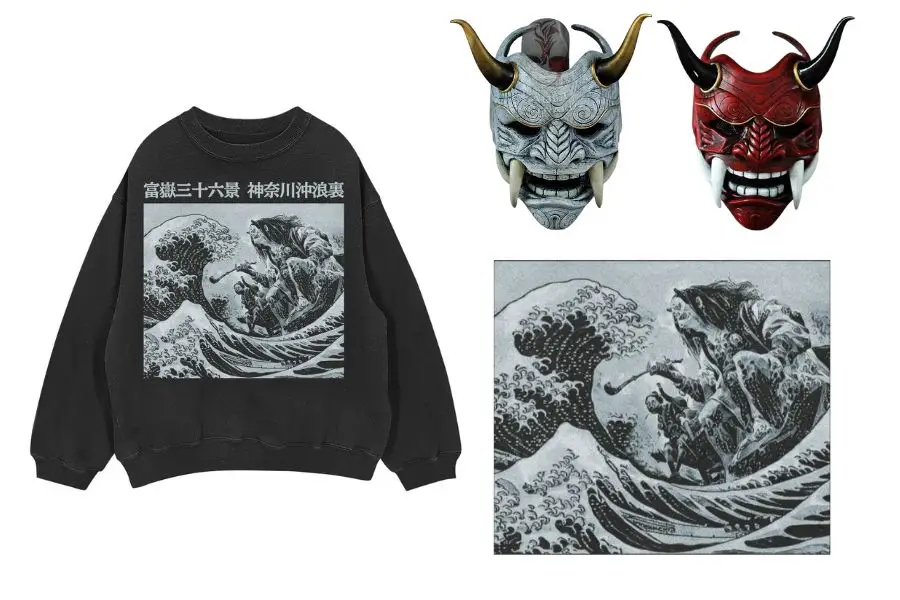
Combined with the iconic Hokusai wave, this design pays homage to Japan’s artistic legacy while embracing the dynamic energy of streetwear style. Perfect for those who appreciate cultural depth and striking aesthetics, this piece is more than just fashion – it’s a symbol of power and tradition reimagined for the present.
Kitsune Mask
The Kitsune Mask – the Fox Mask – represents the essence of the legendary creature in Japanese folklore – mysterious, wise, and endowed with magical abilities. Fox creatures are known for their shape-shifting powers, so the Kitsune mask symbolizes protection and flexible transformation.
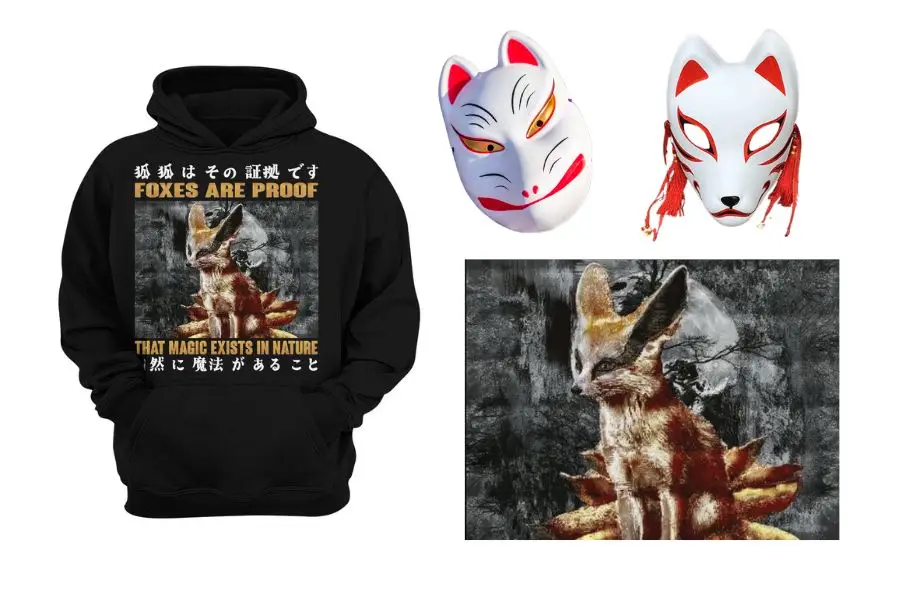
Fox masks are also a source of inspiration for modern Japanese youth fashion. A perfect blend of tradition and modern style, this mask captures the mystical charm of Japanese culture.
Samurai Masks
The Samurai mask is a combination of the ancient warrior spirit and the dark aesthetics of the popular imagination. With the image of a fearsome skull wearing a kabuto helmet, the Samurai mask represents the legendary warrior and the immutable code of Bushido – representing the honor, loyalty, and resilience of a warrior.
A silent warrior in the shadows, fighting with unyielding strength – this is the essence the samurai spirit represents. More than just a relic of the past, the Samurai mask symbolizes modern warriors—steadfast, fearless, and unrelenting.
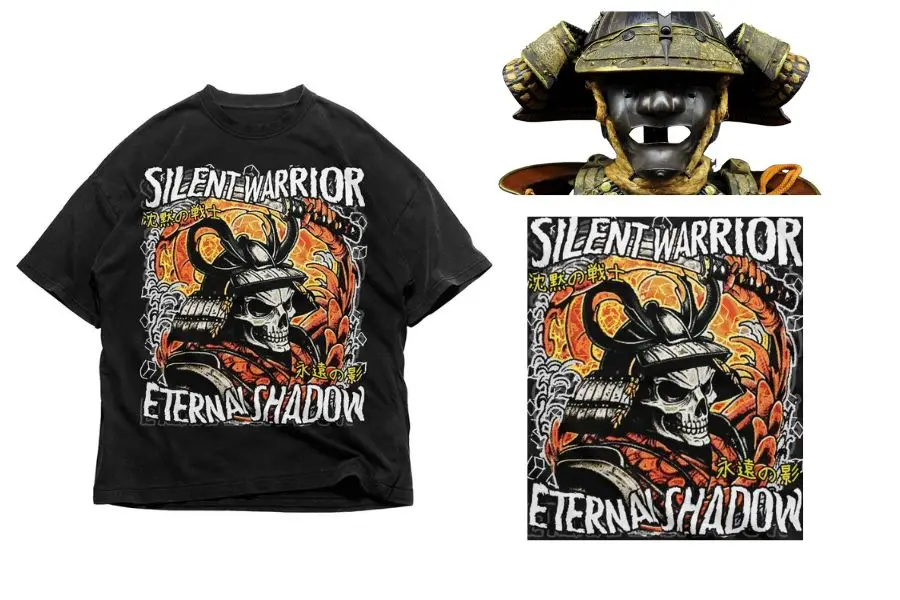
Maneki Neko Mask
Although both are cat masks, Maneki Neko Mask brings a completely different nuance compared to Bakeneko Mask. If Bakeneko represents mystery and transformation, Maneki Neko – the lucky beckoning cat – is a symbol of prosperity, fortune and joy in traditional Japanese mask culture.
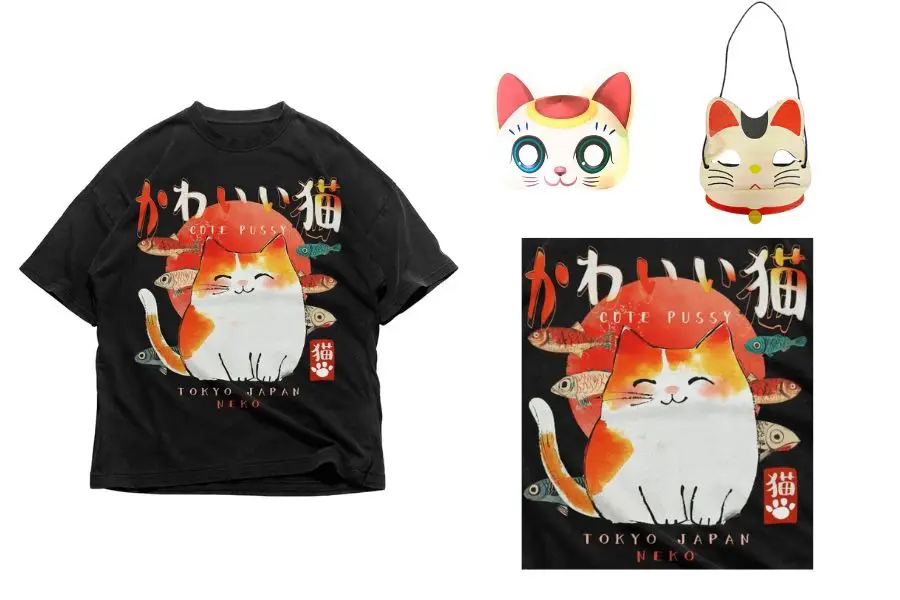
The Maneki Neko mask is inspired by Japan’s rich folklore and cultural traditions. The lucky cat mask originated from an Edo period legend; the beckoning cat is believed to bring good luck and prosperity and is often seen in shops and homes as a lucky charm.
Unlike other masks that are scary in appearance, the lucky cat is cute and friendly. The image of the lucky cat has also become a source of fashion inspiration up to now, not only among young people in Japan but also globally.
Kaeru mask
The Kaeru mask—also known as the frog mask—may not be as widely recognized as traditional Japanese masks like Oni or Kitsune, but it holds a deep and unique place in Japanese folklore. Frogs in Japanese culture are symbols of transformation, illusion, and the shifting nature of reality.
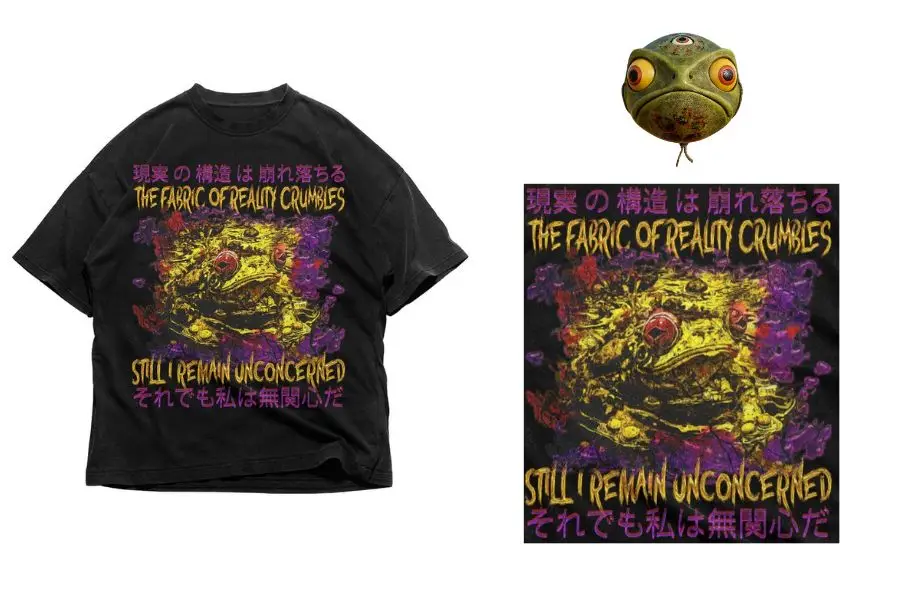
The word “Kaeru” (カエル) itself means both “frog” and “to return,” often associated with good fortune, safe travels, and the idea of things coming back to where they belong.
Unlike the other masks, the Kaeru mask does not simply represent a creature of nature but instead serves as a portal into a fantastical realm—one where perception shifts and the ordinary transforms into the extraordinary.
Final Thought
Throughout history, Japanese mask traditional have been a decoration or stage accessory and contain the depth of culture, beliefs, and art of the land of the rising sun. These masks appear in many different contexts, each with its meaning, reflecting the worldview and beliefs of the Japanese people. The combination of tradition and modernity has helped Japanese masks continue to live, become a source of pride, and be an indispensable part of the cultural heritage of the land of the rising sun.
